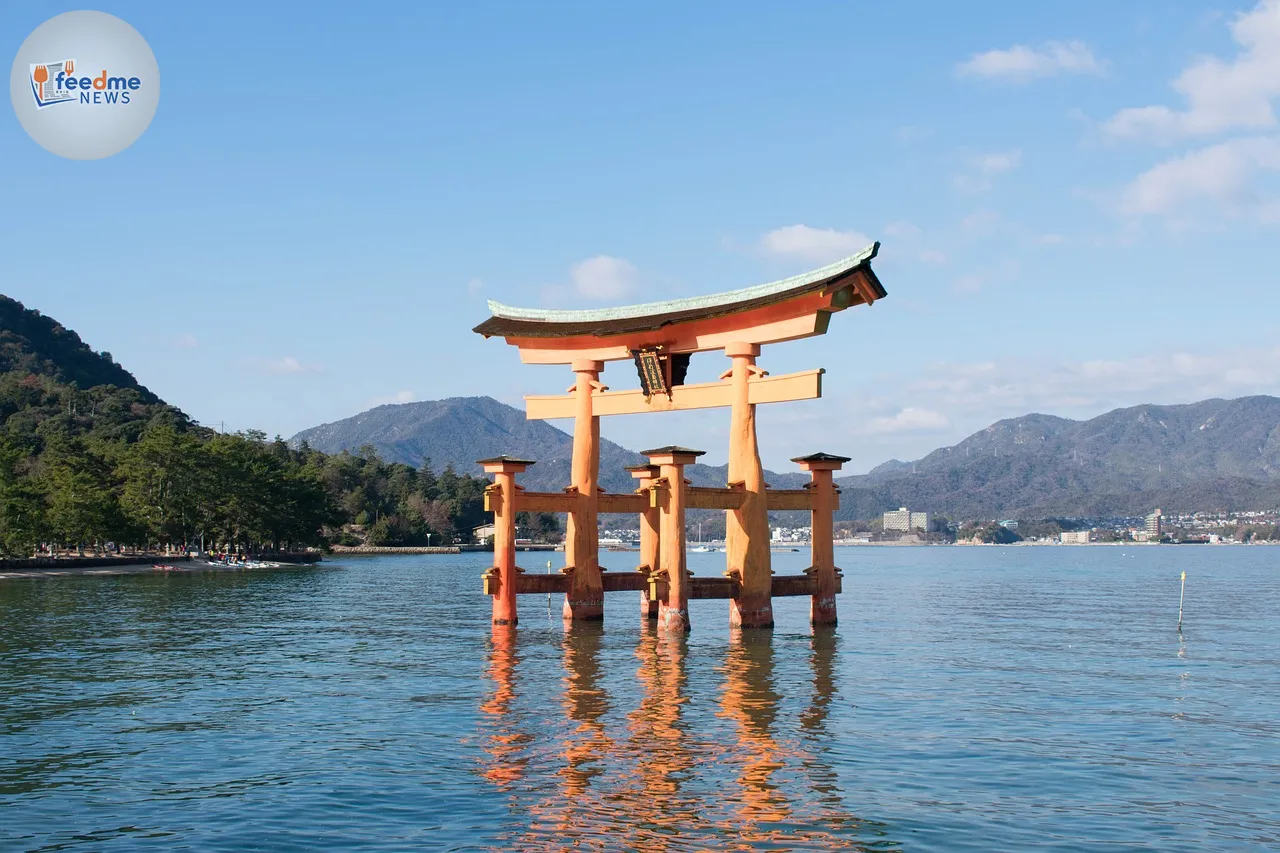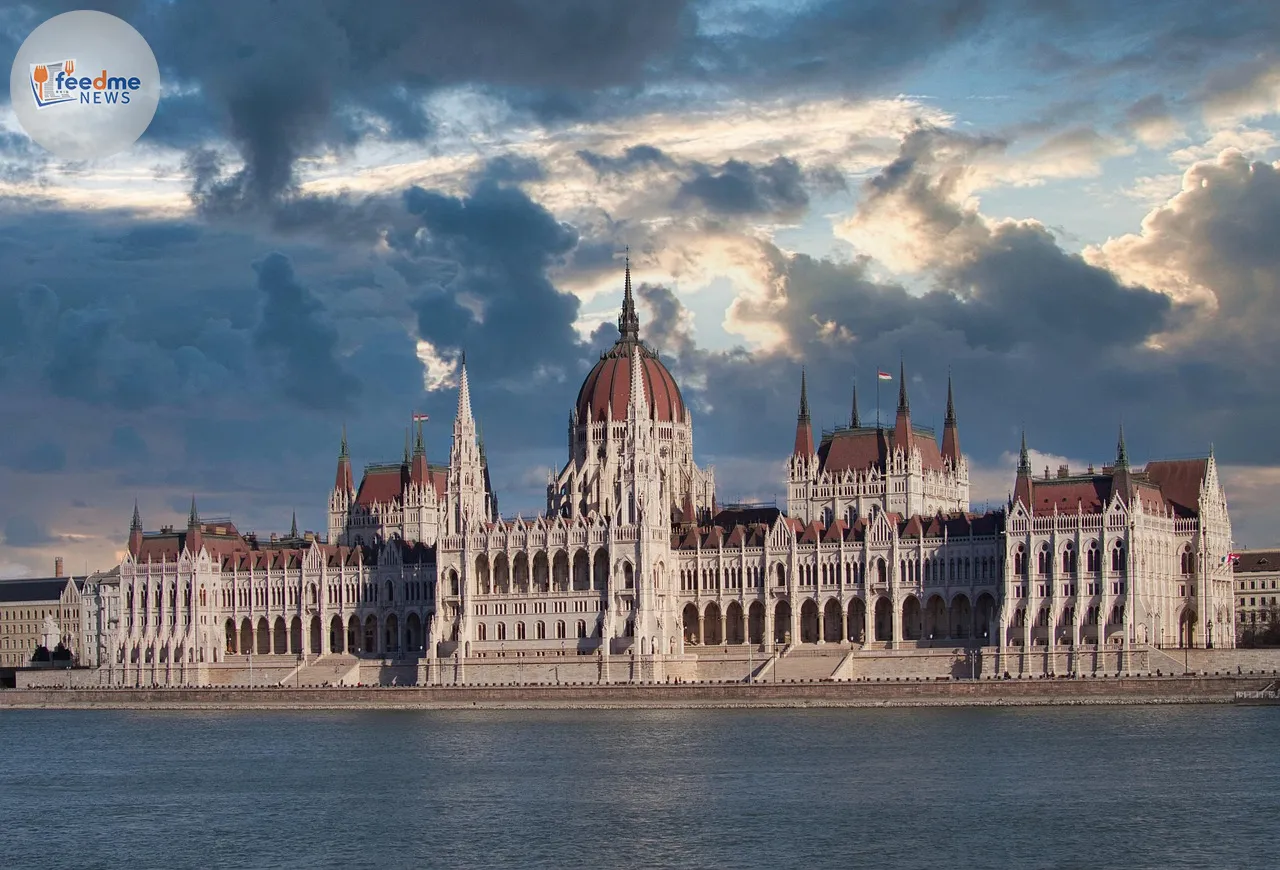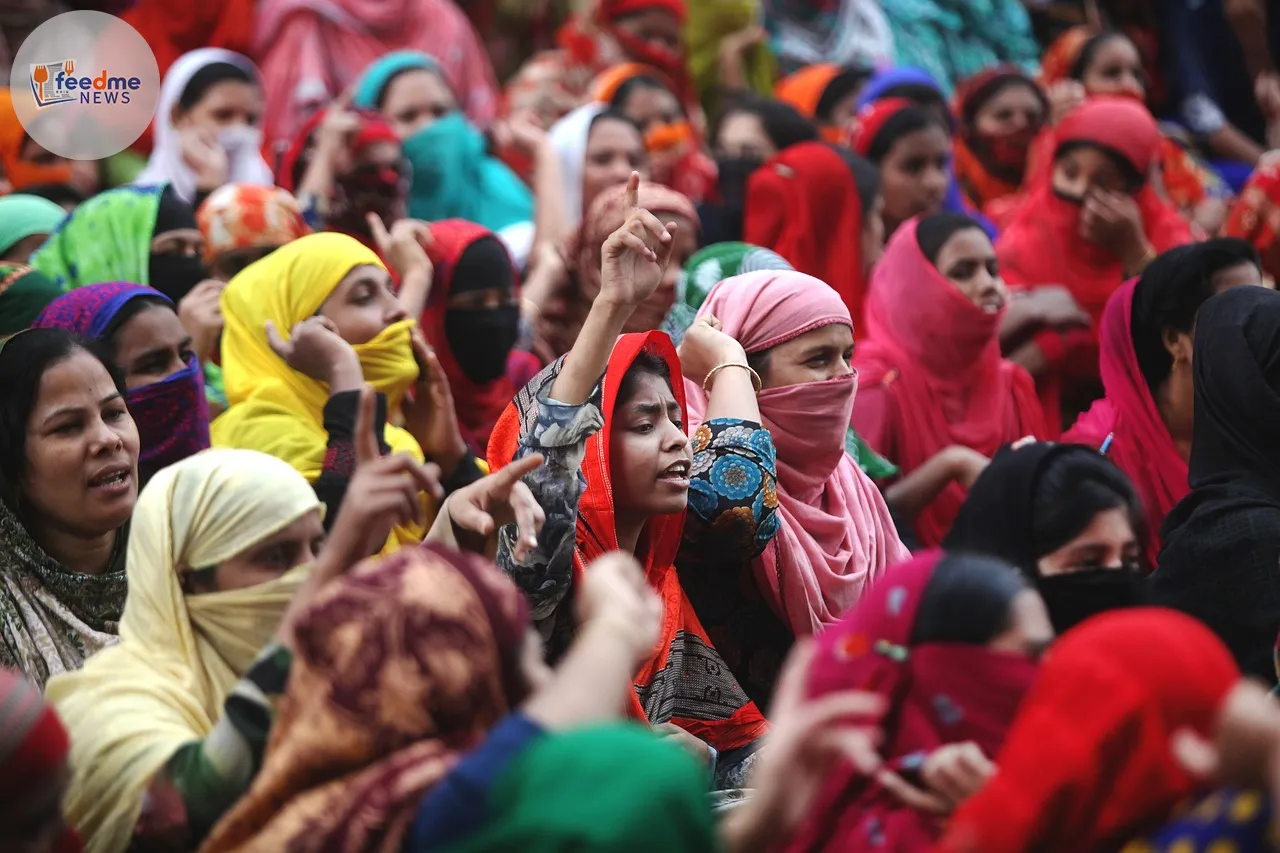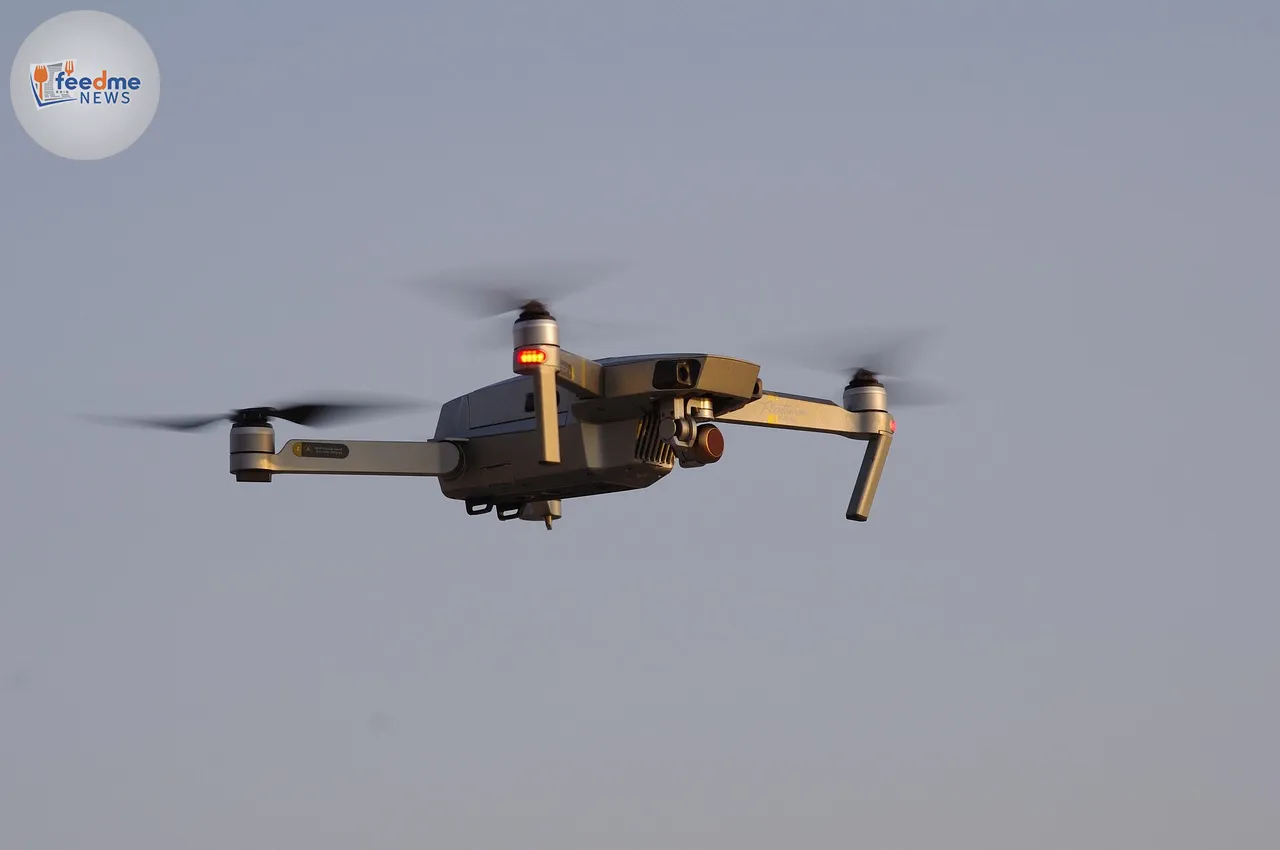Hiroshima’s legacy as a stark reminder of nuclear devastation is at risk of fading as the number of living survivors, known as hibakusha, dwindles. With fewer than 100,000 remaining, the urgency to document their harrowing experiences intensifies. Yoshiko Niiyama, a hibakusha who was ten years old when she entered a devastated Hiroshima two days after the atomic bomb struck, vividly recalls the scene. “The air was filled with smoke, and bodies were everywhere,” she recounts. “The survivors’ faces were so disfigured that I could barely look, but I had to.” Her memories, like many others, are crucial to understanding the human impact of nuclear warfare.
The city of Hiroshima was transformed into a landscape of destruction on 6 August 1945, when the United States dropped the world’s first atomic bomb on it. The event not only marked a turning point in World War II but also ushered in an era of nuclear weapons that continues to pose global threats. As we approach the 80th anniversary of this tragic event, efforts to preserve the testimonies of those who lived through it are more critical than ever.

The Diminishing Voices of Hiroshima
As time passes, the voices of hibakusha are growing quieter. Many survivors are now in their late 80s and 90s, and their numbers have been steadily declining. This demographic reality has sparked a concerted effort by historians, educators, and activists to record their stories before it is too late. “We are racing against time,” says Dr. Yuki Tanaka, a historian at Hiroshima City University. “Each story is a piece of history, and we must ensure that future generations understand the human cost of nuclear war.”
Survivors like Niiyama offer firsthand accounts that bring history to life, providing personal insights into the aftermath of the bombing that textbooks cannot convey. Their testimonies serve as powerful reminders of the bomb’s immediate and long-term effects, which include not only physical injuries and radiation sickness but also profound psychological trauma.
Education and Awareness: A Global Responsibility
The push to document hibakusha experiences extends beyond Japan’s borders. International organisations are working to integrate these stories into educational curricula worldwide. The Hiroshima Peace Memorial Museum, for example, collaborates with schools and universities across the globe to share survivors’ narratives through digital archives and interactive exhibits.
“Education is the key to prevention,” emphasises Dr. Tanaka. “By understanding the past, we can better navigate the future and prevent the repetition of such tragedies.” This educational mission is particularly relevant today, as geopolitical tensions and the threat of nuclear proliferation remain significant concerns.
The Role of Technology in Preserving Memories
Modern technology plays a crucial role in preserving the memories of Hiroshima’s survivors. Virtual reality (VR) and augmented reality (AR) are being used to create immersive experiences that allow people to witness the events of 1945 through the eyes of those who lived it. These technologies offer a unique opportunity to engage younger audiences who might otherwise find history abstract or distant.
Digital archives, such as those maintained by the Hiroshima Peace Memorial Museum, provide a platform for survivors to share their stories in their own words. These archives ensure that even as the number of living hibakusha declines, their voices will continue to be heard. “Technology allows us to keep these stories alive,” says museum director Akiko Yamamoto. “It is our responsibility to use these tools to educate and inspire future generations.”
The Ongoing Impact of Nuclear Threats
The efforts to preserve Hiroshima’s legacy are underscored by the current global landscape of nuclear threats. Despite decades of disarmament efforts, several nations continue to develop and stockpile nuclear weapons. The spectre of nuclear conflict remains a pressing issue, making the lessons of Hiroshima more relevant than ever.
Organisations like the International Campaign to Abolish Nuclear Weapons (ICAN) advocate for the complete elimination of nuclear arsenals, drawing on the testimonies of hibakusha to highlight the catastrophic humanitarian consequences of nuclear warfare. “The stories of Hiroshima survivors are a powerful testament to the need for disarmament,” says Beatrice Fihn, Executive Director of ICAN. “We must listen to these voices and act to ensure that such devastation is never repeated.”
As the world reflects on the 80th anniversary of the Hiroshima bombing, the importance of preserving the memories of its survivors becomes increasingly clear. These stories not only honour those who perished but also serve as a warning to future generations about the dangers of nuclear weapons. By capturing and sharing the experiences of hibakusha, we can work towards a more peaceful and informed world.
The legacy of Hiroshima is not merely a historical footnote; it is a call to action. As the number of survivors dwindles, the responsibility to remember and learn from their experiences falls to us all. By doing so, we honour their resilience and ensure that their message of peace endures.





